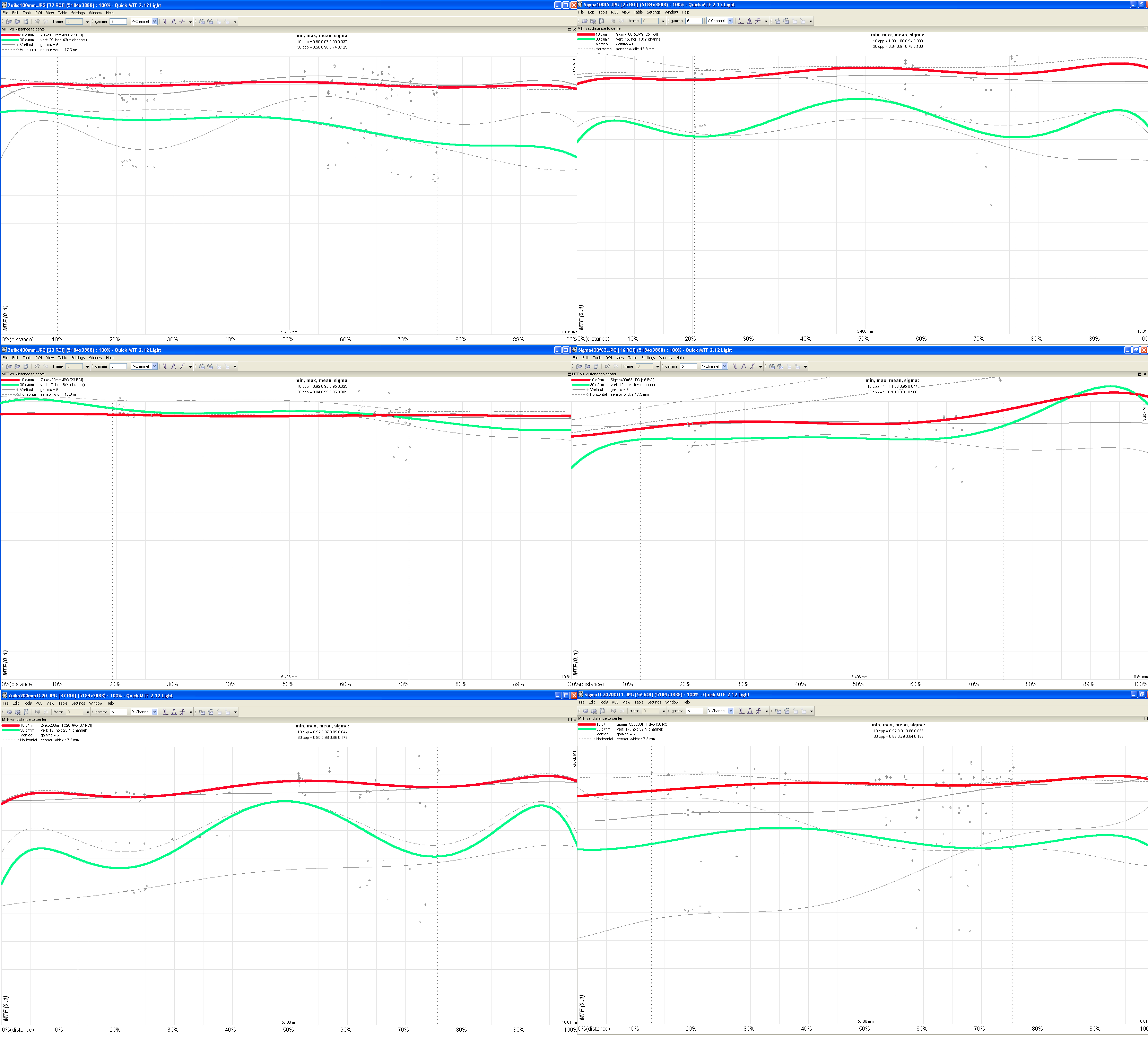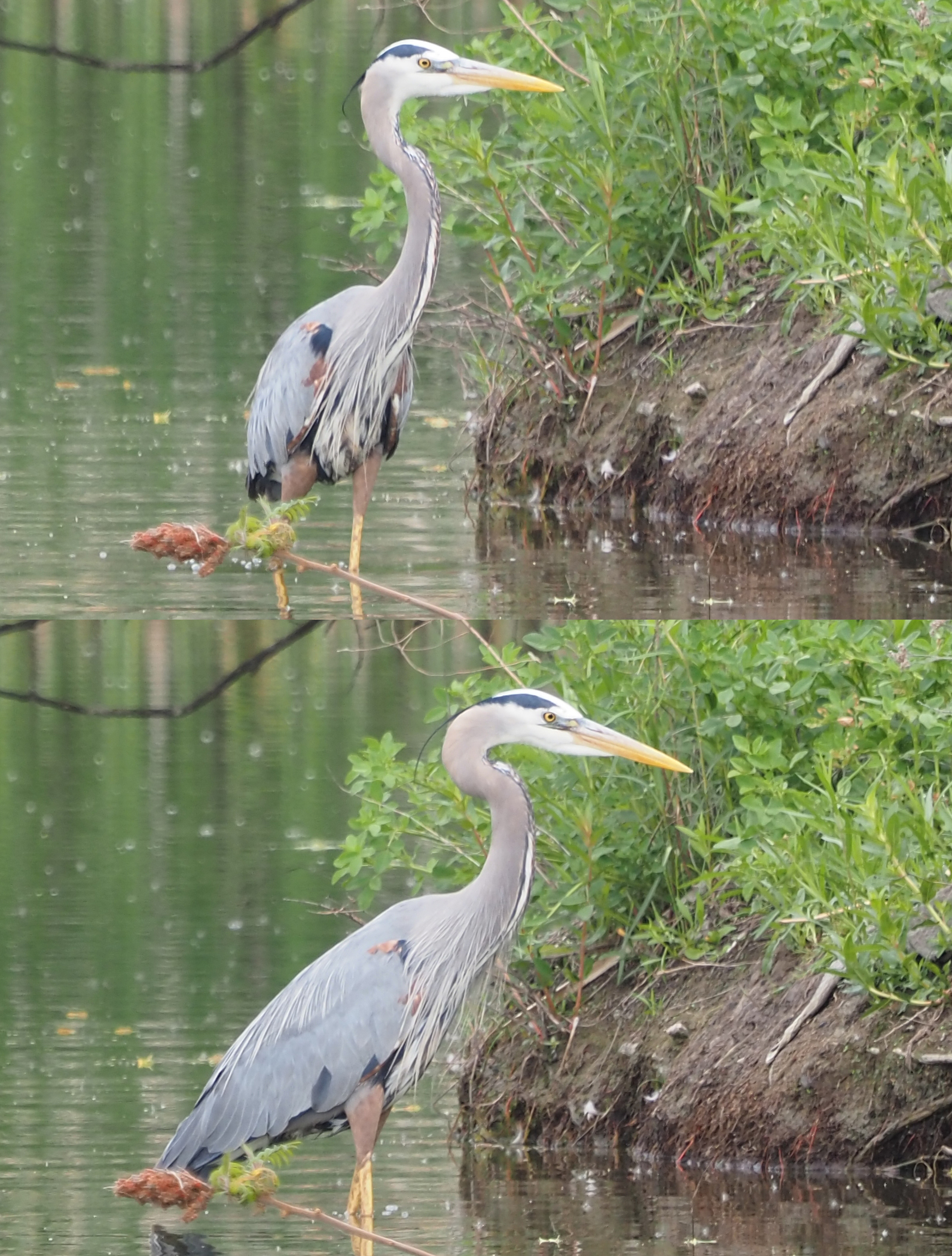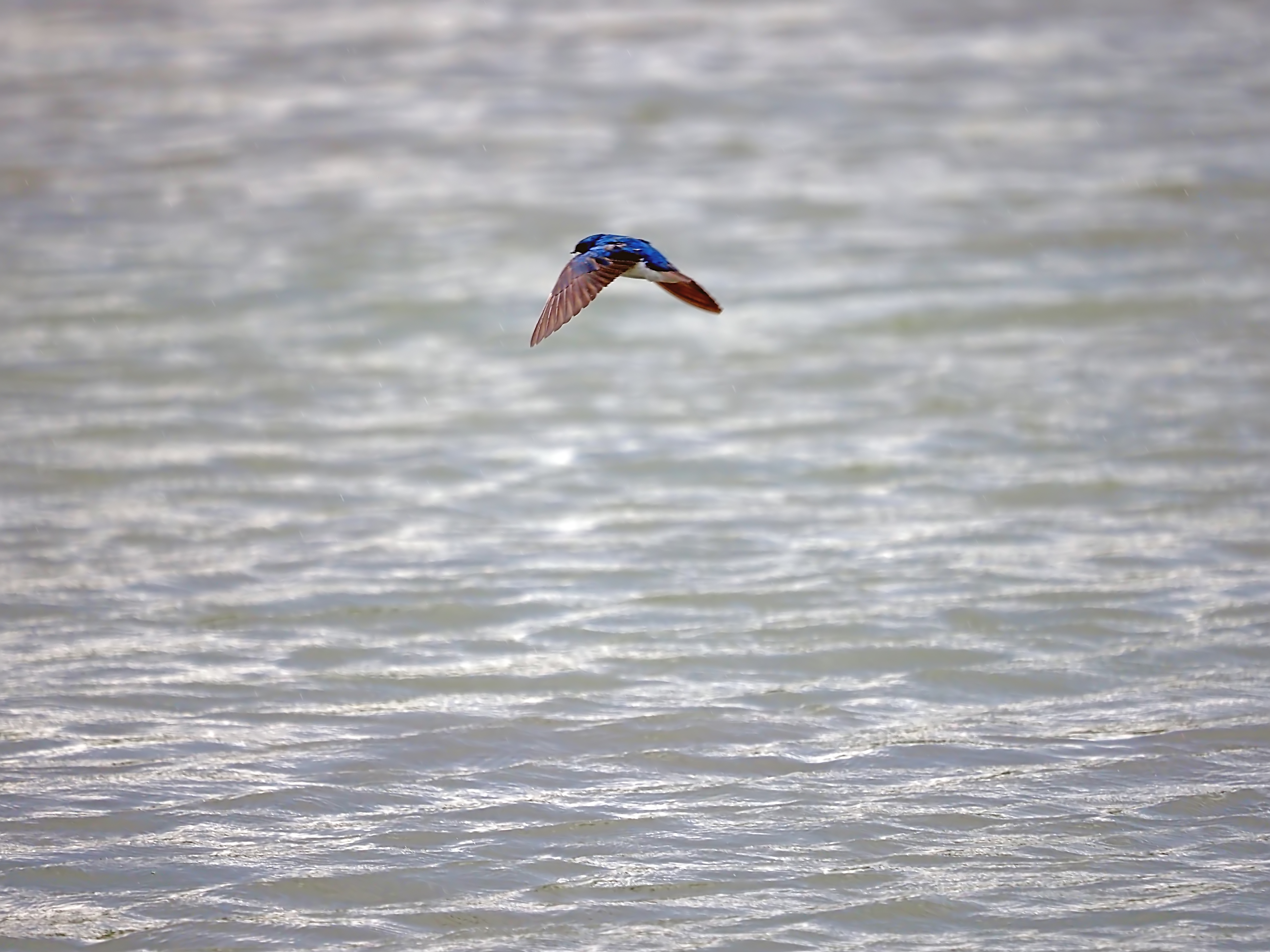When this new Zuiko telephoto lens was announced, there was almost immediate speculation that this was another Sigma creation, similar to the 75mm f/1.8 prime. The focal length range and maximum apertures were identical to the Sigma 100-400mm f/5.0-6.3 DG Contemporary lens. While the more expensive PRO line of lenses are now made in the OM Digital’s Vietnam facility, the new lens was manufactured in Japan, where wages are higher. This makes sense if Sigma had been subcontracted to manufacture the lens for OM Digital, since Sigma does all manufacturing in Japan in their Aizu factory in the Bandai mountains. The Zuiko 75m f/1.8 mm is also solely manufactured in Japan and has long been known to have been a Sigma product. I wanted to review both lenses and see if any differences are significant or not. By price point, the Zuiko is very nearly twice as expensive as the SIgma and since the Sigma has been on the market since 2017, there are many even less expensive used examples available.

At this point I must thank Sigma Canada for their always generous consideration in loaning me their lens in EF mount. I obtained my copy of the Zuiko lens from LensRental ¹ which is a superb online service that also delivers promptly. I will not thank OM Digital Solutions of America, because after repeated attempts at contacting them including having my emails forwarded up the chain by staff monitoring their website, not one individual of the company felt it necessary to even reply. Apparently I have nothing interesting to say about m43 and nobody reads this blog anyway. Or my book.
Interestingly, the last three elements in the Zuiko lens appear to have been minimized by at least 20 percent. It makes sense to reduce their mass since these elements are the moving groups which effect focusing and a smaller mass will only decrease focus time.


The MTF10 curves are in red and the MTF30 curves are in green. The E-M1X body was placed on a tripod, ISO200 and shutter triggered by remote and the ISO12233 chart framed at each focal length. The MC14 was not compatible with two examples of the Metabones EF-m43 adaptor that I had on hand, but the MC20 fit correctly. However the MC20 failed to transmit the correct focal length and aperture to the body affecting the proper functioning of the IBIS stabilization when the Sigma lens was used.

Focus Speed
With a high rise apartment building at near infinity distance as the target and the lens manually set to minimum distance focus, I’m happy to report the Zuiko lens focuses with near instantaneous speed.
The Sigma lens being an adapted lens was expected to show slower AF speed. It took 9 seconds and three serial actuations of the shutter release before focus was confirmed and an image taken. With the focal length limiter switch selected, this time fell to 6.5 seconds with similar shutter release actuations. If a section of the building wall without a horizontal architectural feature was centered on a single minimum size focus square, the Sigma lens would not achieve focus … at all. This was a most disappointing outcome since quick AF response is a prerequisite for all wildlife compatible telephoto lenses.





I haven’t included any images generated with the SIgma 100-400 lens because my primary application with a lens of this type would be with wildlife and the AF speeds are simply too deficient to make that a reality. I was prepared to endorse the Sigma as a half priced alternative to the Zuiko, but that is simply not the case. With such poor AF performance, I can only recommend buying the Zuiko. I regularly use my Zuiko 300mm f/4 Pro with the MC20 to get 600mm f/8 and image quality would be approximately equivalent to what I’m seeing from this lens. But there is no substitution for the flexibility of a weather sealed zoom lens in the field. In fact I am scheduled to attend a Moose Safari in two weeks and am thinking of bringing just the Zuiko 100-400 and the E-M1.2. I’ll be spending many hours in a canoe and even if I had the Zuiko 150-400mm f/4.5 PRO, you do have to consider the possibility of a canoe capsizing accident and losing a $7k lens instead of a $1.5K one.

Given the great deal of similarity between the Sigma and Zuiko lens, the Sigma could have been a viable substitute for possibly less than half the price for a gently used example, except the AF speed is so slow that it is not suitable for wildlife applications. Certainly landscapes and portraits are a consideration but OM Digital intended this lens for birders.
¹ Woohoo, I successfully rented a lens from the US while living in Toronto !!



Stumbled across your blog as I’ve been researching the 100-400mm lens to see if I can get any hints on how to improve image quality. I bought it and the OM-1 together in late 2022. I’ve gotten some good pictures, but they almost all require extensive processing to denoise and sharpen up. Noise of course due to M43 and low light, but I’ve not been too happy with the lens in general. In some brighter environments, with water or sky involved, I feel like there is a haze in the picture that degrades image quality noticeably. I know that in 99.9% of cases, a UV filter does nothing compared to the on-sensor filter, however, I’m reading that most older Olympus cameras use an unexpectedly lower cutoff on their sensor filters (here). People with some Panasonic lenses (coatings tailored to Panasonic cameras) get bad purple fringing. There is no reason to believe Olympus changed the sensor filter design. Anyhow, since it seems this 100-400 lens is likely a Sigma design, I wonder how much they optimized the coatings to get rid of that upper band UV (~390-420nm). I hate to spend money on a UV filter to try this out, but I think I’m going to have to in order to satisfy my curiosity. The alternative would be finding someone to do a spectral analysis on the 100-400 lens. Anyhow, I’m ranting now, but I do appreciate this page and ended up looking over your more recent stuff too. Fun topics and photography. Of course I see you have the 150-400 lens now, so you’re in good shape!
LikeLike